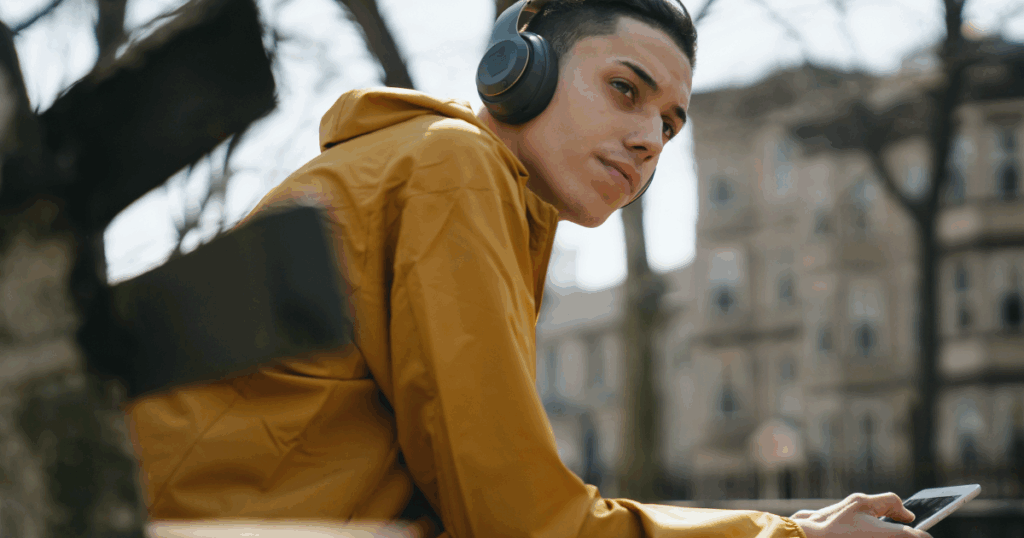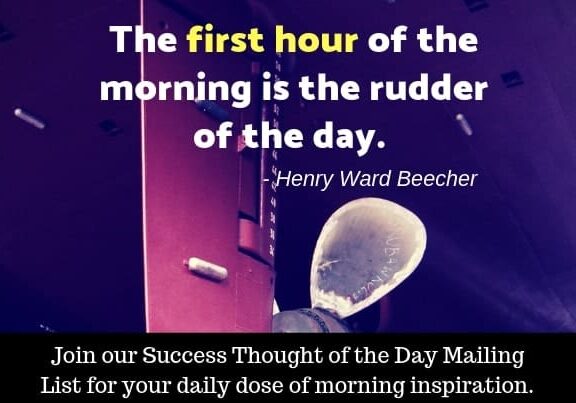10 Ways to Promote Creativity In Your Classroom This Fall
Have you been thinking about how to promote creativity in your classroom this fall?
How can you, as a teacher, motivate your students while tackling many obstacles?
When you already have to deal with standardized testing pressures, behavioral issues, and limited resources, your job can become even more complex and leave your students vulnerable.
Keeping students engaged throughout the school year, especially after the holidays, adds to the many hurdles you and other teachers face.
Which is why we’ve compiled a list of ways you can inject creativity back in your classroom in dynamic ways, no matter what resources are available to you or your students’ age group.
Everything here will leave you feeling fulfilled, adaptable, and empowered, and you might even learn a thing or two right along with your students!
Are you ready to start out your year with a bang?
Have a look and see what this all looks like.
What Is A Creative Learning Environment?
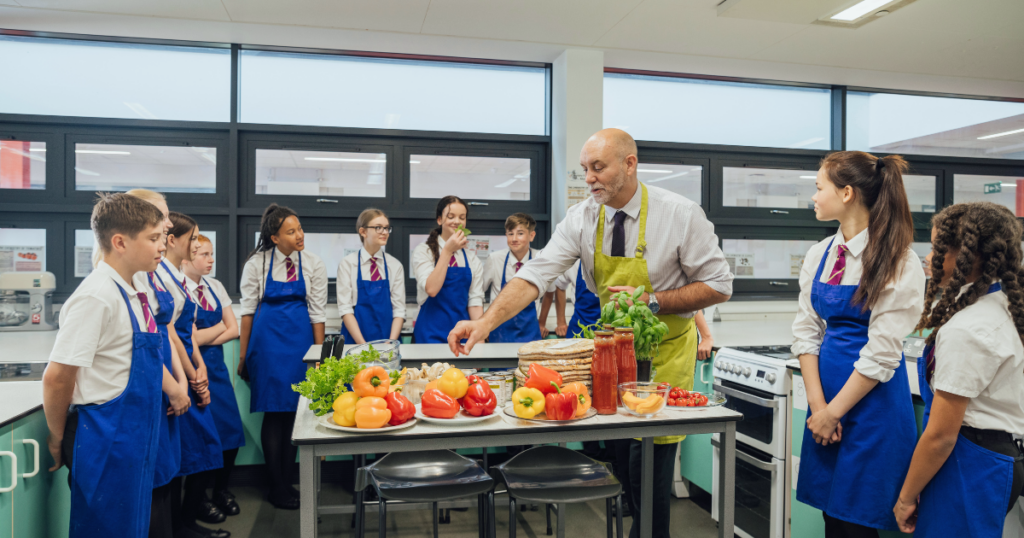
A creative learning environment instills learning and progress through hands-on experiences, sparking curiosity and encouraging creative problem-solving methods. This gives students a creative space to learn skills such as setting goals, sharing knowledge, and building relationships. Students have the freedom to practice, form their ideas, and develop their critical thinking skills with room for error. Allowing students to exercise their creative instincts by substituting assignments that have a single correct answer with those that offer multiple ways of discovering a solution will build their confidence, having a profound effect on their overall growth and success in their lives
Why Is It Important To Foster A Creative Learning Environment?
When students feel comfortable with making mistakes, they feel comfortable trying new things. Pressure and emotional strain are decreased due to the students not feeling embarrassed and penalized. This environment will encourage students to work as a team, find new ways to learn, and solve complex problems. The effects are both direct and indirect, seamlessly merging learning with curiosity in a space for children to create original work, independent learning, self-initiated projects, and experimentation. According to Paul Collard, “Creative skills aren’t just about good ideas; they are about having the skills to make good ideas happen.” Having a space to nurture these skills is requisite.”
Why Do Students Need To Be Creative?
The importance of creativity is two-pronged. As we’ve mentioned above, creative learning environments teach students problem-solving and resilience– making creativity an invaluable life skill because it caters to the student’s emotional and intellectual needs.
Secondly, divergent thinking derived from creativity is necessary for innovation. Expanding a student’s creative capacity makes them more adept at exercising their critical thinking skills and forming original ideas, which can help students unlock new avenues of self-expression.
Making them an asset in a world where industries come and go, and the demand for new and exciting ways to solve our world’s problems is ever-increasing.
What Is The Teacher’s Role In Enhancing Creativity?
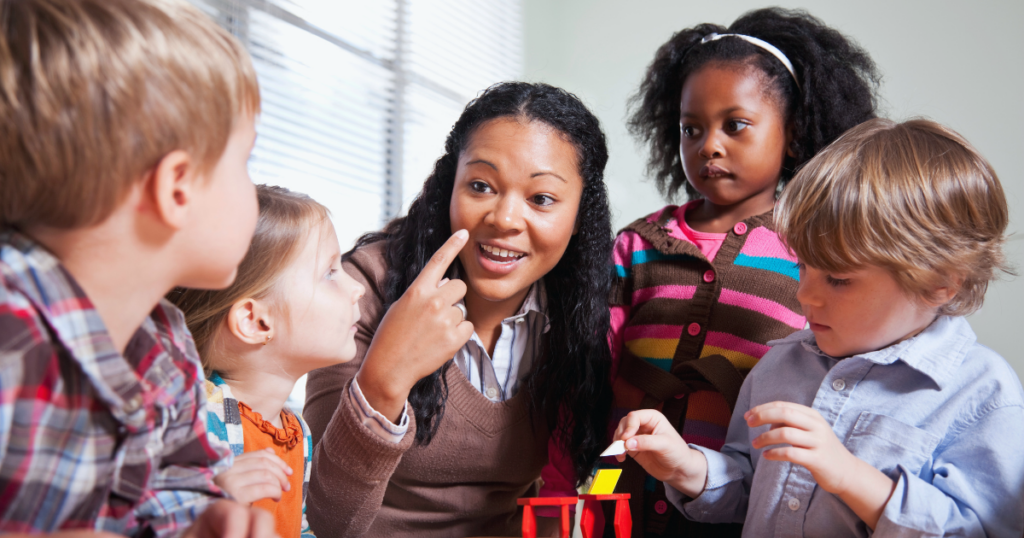
Although creativity can develop outside of the classroom, teachers play a vital role in encouraging and maintaining continuous development. Serving as a role model for students and finding ways to stimulate their creative processes, teachers have ample opportunities to nurture and cultivate creativity. Empower your students to set their own goals and map out ideas in their original ways. Teach them how
to use different graphic organizers like concept maps, mind maps, Venn diagrams, circuit diagrams, visual timelines, and other resources. Creating a congenial environment is vital to enhance communication and receive feedback.
How Do You Encourage Creativity In the Classroom?
There’s no one-size-fits-all approach to fostering creativity in students, but there are some straightforward strategies you can employ to make your classroom more conducive to ingenuity by incorporating various approaches into daily curriculums while focusing on recognizing opportunities for students to develop their imagination. Here are a few ways to cultivate a more creative classroom environment:
- Think of creativity as a skill. Like resourcefulness and inventiveness, creativity is less of an inherent trait and more of a proficiency that can be taught. When you view it this way, your role as an educator becomes about finding ways to encourage its use and breaking it down into smaller skill sets. Paul Collard suggests these could be broken down into five major areas: imagination, discipline or self-motivation, resiliency, collaboration, and giving responsibility to students by allowing them to develop their own projects.
- Choose a flexible classroom layout. Design collaborative learning layouts to foster creativity between various activities. Instead of arranging desks in rows, consider creating pods, a U-shaped layout, or separate group tables where students can collaborate. Experiment with different configurations and change them up to ensure your classroom can support various activities and accommodate diverse learning styles.
- Create a classroom library. Building a classroom library can help you complement creative learning activities and your new creative classroom. This can sharpen students’ reading skills, generate curiosity, and develop innovative ideas. This investment will be powerful for them because you can help your students with easy access to books, preventing obstacles from standing in the way of their learning process. The selections can always be tailored to their assignments and activities.
- Learn by doing. When fostering creativity in the classroom, it’s essential for a learning experience that actively engages each child. As Confucius wisely noted, “I hear and I forget. I see and I remember. I do and I understand.” Many of us grasp concepts better through a hands-on approach. Developing mind maps of questions or solutions is a great place to start.
- Encourage outside-of-the-box assignments. Allow your students to choose the format for the assignments. Instead of a traditional book report essay, they might prefer to express their ideas through a photo essay, skit, rapping, diorama, or recipe. Doing this alone will give your students a wide variety of outlets that are unique to their abilities and passions.
- Work in groups. Collaboration is an excellent tool for cultivating creativity. Being faced with other’s opinions and ideas, stretches a student’s ability to see a problem from different perspectives and come up with unique solutions. And the low-stakes environment allows students to cooperate strategically, communicate, and develop a sense of teamwork, all skills that will benefit them for years to come.
- Explore different cultures. Recognize different global holidays and their origins and assign readings that explore diverse worldviews and lifestyles. When you do this, students can celebrate other cultures as they learn from them. Invite your students to bring their cultural framework into tasks and discussions. Hosting a family heritage day is one way to involve the whole school.
- Introduce multimedia. Multimedia is an excellent resource for many age groups, and it takes your lessons to a whole new level, going beyond textbooks and worksheets. Younger students will benefit from exploring educational videos, computer usage, and games. Middle schoolers benefit significantly from being exposed to music, and high schoolers can get inspiration and encouragement for their journeys ahead when you use Ted Talk or podcasts as part of your lesson plan.
- Take your students outside. A change of scenery is sometimes all it takes to get the creative juices flowing. Active and explorative activities add a unique approach to the learning environment. Consider ongoing outdoor projects that target the theme of a lesson, such as a vegetable garden, or take field trips to the library or museum if that is an option.
- Create opportunities for reflection. Displaying reflective learning resources around your classroom will give your students something to focus on, allowing them to look inwardly. Activities like this help students retain information on a deeper level, strengthening their contextual understanding of new concepts. End-of-lesson activities are a great way to sustain creative thinking, spark interest in learning more, and encourage reflection and insight.
Approaches To Creativity
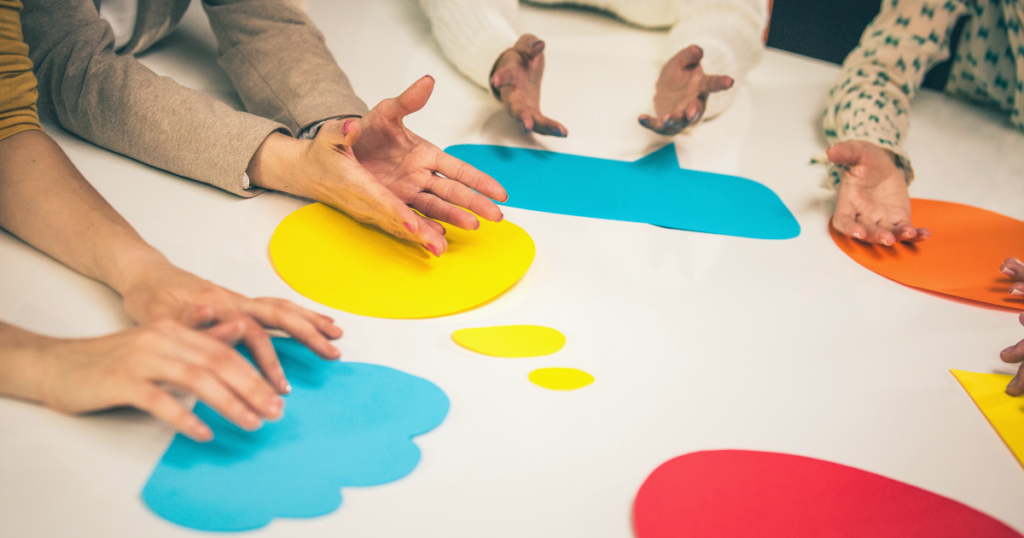
There are various methods commonly used to capture a creative environment. Here are two, that gives you the advantage of having a plan and variety when promoting a creative environment:
The Osborne-Parnes Model
Each step involves a divergent thinking pattern to challenge ideas, and then convergent thinking to narrow down exploration. This model is often used in business improvement and educational settings making this model the oldest and widely accepted. These are the six steps:
- Mess-finding. Identify a goal or objective.
- Fact-finding. Gathering data.
- Problem-finding. Clarifying the problem
- Idea-finding. Generating ideas
- Solution-finding. Strengthening & evaluating ideas
- Acceptance-finding. Plan of action for Implementing ideas
This model is great because it breaks down the steps to finding solutions and can be used individually and with a group. It helps students understand the process of learning and helps them to see that they always have the means to solve problems; building their confidence and resourcefulness in the process.
The Incubation Model:
Developed by E. Paul Torrance and it involves three stages:
- Heightening Anticipation: Make connections between the classroom and student’s real lives. “Create the desire to know”.
- Deepen Expectations: Engage the curriculum in new ways. Brainstorm and create opportunities to solve a novel problem.
- Keep it going: Continue thinking beyond the lesson or classroom. Find ways to extend learning opportunities at home or even within the community.
This method is very innovative in its approach to thinking outside of the box. It brings an element of emotion to the process; making this great for encouraging experimentation and developing their creative potential. This model is a great choice for your students suffering from behavioral health issues since they will be provided structure and a supportive environment that promotes their well-being and personal growth.
Final Thoughts
Giving your students time to figure things out independently is an important part of their creative development; try not to be so quick to demonstrate solutions. Students with vast creative solutions may not realize the value of their imagination without feedback from their teacher.
Feedback is a simple way to stimulate critical thinking and educators can guide students in giving constructive feedback to their classmates. It is beneficial to provide them with chances to learn, think, and discover without threats of immediate evaluations and standardization that can stifle them. Take this creative approach with grace for your students and for yourself.
Shine Your Light On Creativity
Now that you have taken a deep dive into cultivating creativity for your students and within the classroom, the knowledge and insights you obtained here are just the beginning.
Use your ability to control the classroom environment where students spend hours every day to nurture and shape the innovative minds of tomorrow.
By tapping into your own ingenuity, you can inspire your students to new heights, fostering their sense of imagination, individuality, and self-expression, bonding with them while bringing a new light to learning instead of just preparing for tests.
So long are the days of feeling frustrated with your students’ lack of motivation.
Embrace the role of a creativity facilitator, encouraging your students to explore, question, and innovate. By creating a dynamic and stimulating learning environment, you will witness a transformation in their enthusiasm and engagement.
Together with your students, embark on this journey to make education a thrilling and imaginative adventure for you both.
The future is bright when creativity leads the way.
If this article has inspired you, please subscribe to our newsletter to be alerted when the next piece is released. You can also support the continued creation of this content by making a tax-deductible donation.


